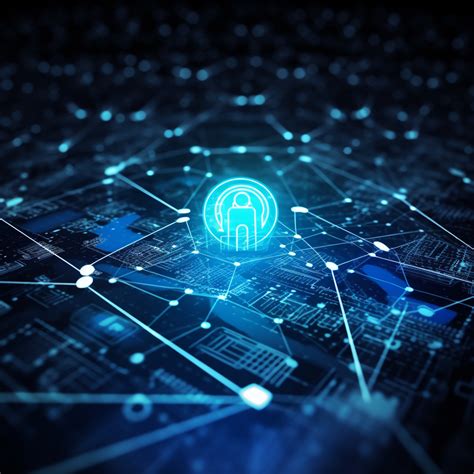Addressing the Security Challenges of AI-Driven Blockchain Applications
The rapid advancement of artificial intelligence (AI) and blockchain technologies has revolutionized numerous industries, including finance, supply chain management, healthcare, and more. As these applications continue to evolve, they pose significant security challenges that require immediate attention. In this article, we will explore the security challenges associated with AI-driven blockchain applications and provide practical solutions to address them.
Security Challenges
- Smart Contract Vulnerabilities: One of the most critical security concerns is the vulnerability of smart contracts, which are self-executing contracts with the terms of the agreement written directly into code. These contracts can be easily manipulated or hacked if not properly designed and audited.
- Data Privacy Concerns: Blockchain data is inherently private, but the decentralized nature of blockchain technology also means that it can be difficult to ensure data security in the event of a breach. Additionally, AI-driven applications often rely on sensitive user data, such as personal identifiable information (PII), medical records, or financial transaction history.
- Interoperability Issues: Blockchain networks and smart contracts may not be compatible with each other or with traditional systems, leading to interoperability issues that can compromise the security of both blockchain and AI applications.
- Decentralization and Trust

: As blockchain technology becomes more widely adopted, concerns about decentralization and trust arise. With many nodes on a blockchain network, there is no central authority to ensure the integrity of the data or prevent tampering.
Consequences of Security Breaches
The consequences of security breaches in AI-driven blockchain applications can be severe. Some potential risks include:
- Financial Losses: Unauthorized transactions, data leaks, or compromised financial information can result in significant financial losses.
- Reputation Damage: A security breach in an AI-driven application can damage the reputation of its developers, users, and partners.
- Regulatory Compliance Issues: Failure to address security vulnerabilities can lead to regulatory non-compliance, fines, or even penalties.
Practical Solutions
To mitigate these security challenges, several practical solutions are available:
- Implement Robust Security Measures: Regularly update and patch smart contracts, use secure coding practices, and employ threat modeling techniques to identify potential vulnerabilities.
- Use Blockchain-based Encryption Methods: Utilize encryption methods that protect both the data being transmitted and the blockchain network itself from unauthorized access.
- Develop Decentralized Governance Models: Implement decentralized governance models that ensure accountability, transparency, and security throughout the blockchain ecosystem.
- Foster Collaboration and Communication: Encourage open communication and collaboration among stakeholders to identify and address potential security concerns early on.
- Conduct Regular Security Audits: Perform regular security audits and penetration testing to detect vulnerabilities and prevent attacks.
Best Practices
To ensure that AI-driven blockchain applications are secure, follow these best practices:
- Design Smart Contracts with Security in Mind: Carefully design smart contracts to prioritize security, robustness, and scalability.
- Use Secure Coding Practices: Implement secure coding practices, such as input validation, error handling, and secure data storage.
- Implement Multi-Factor Authentication: Use multi-factor authentication techniques to prevent unauthorized access to sensitive user data or applications.
4.
